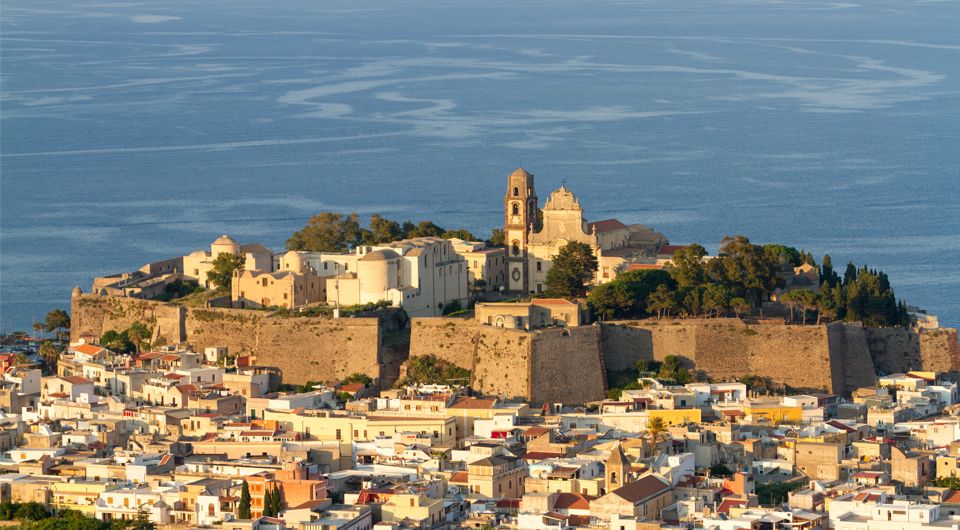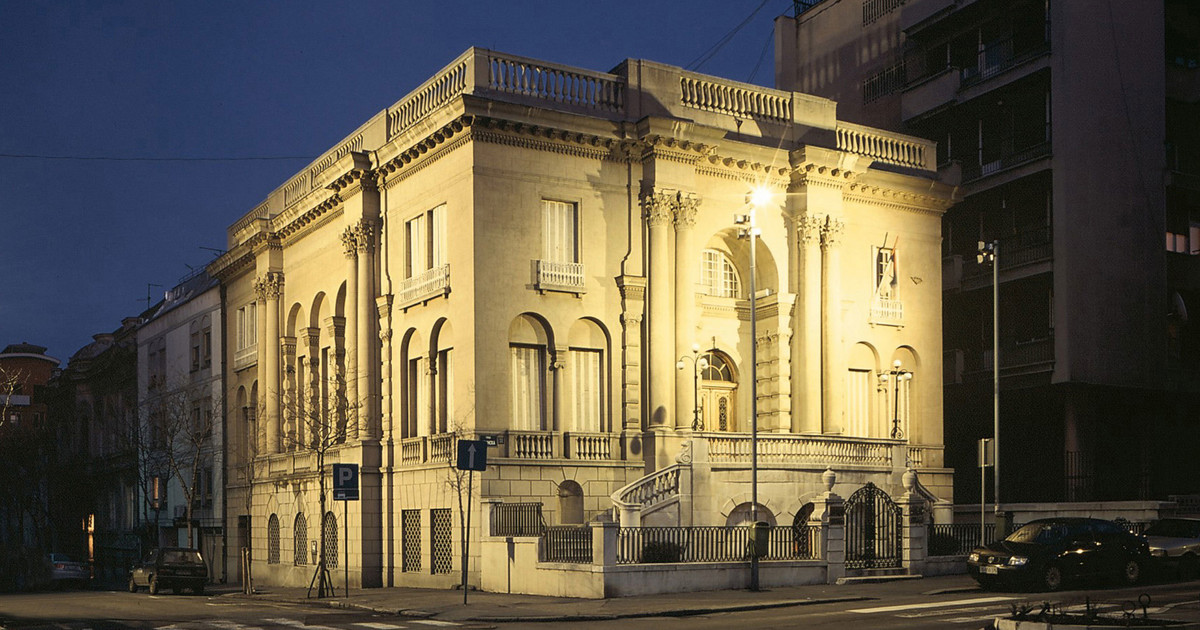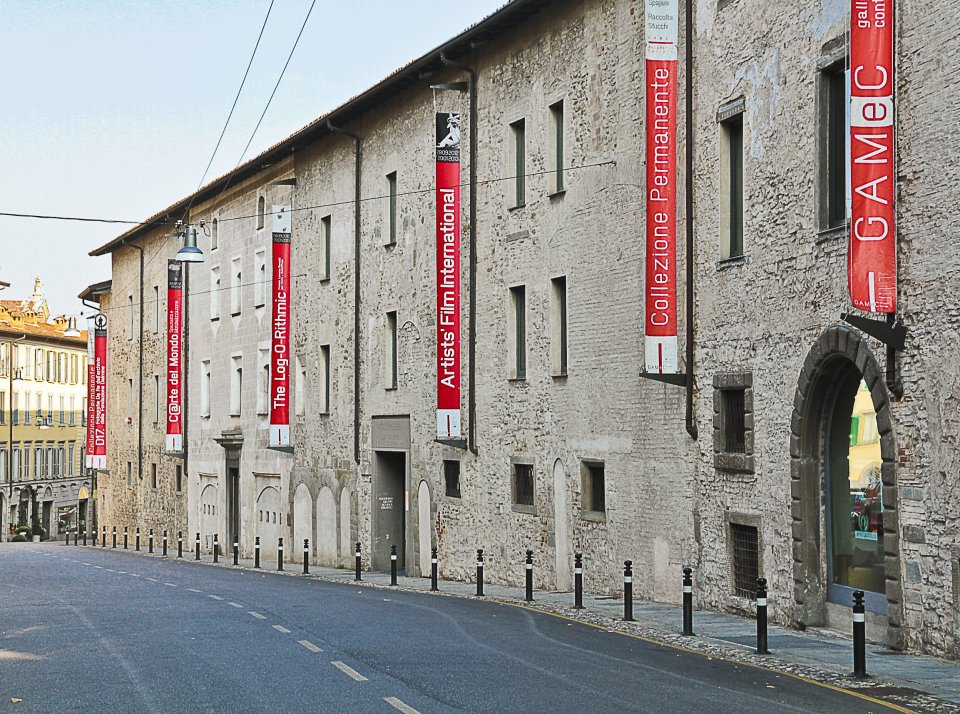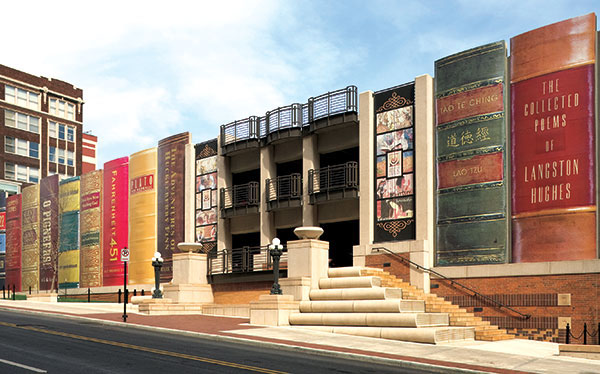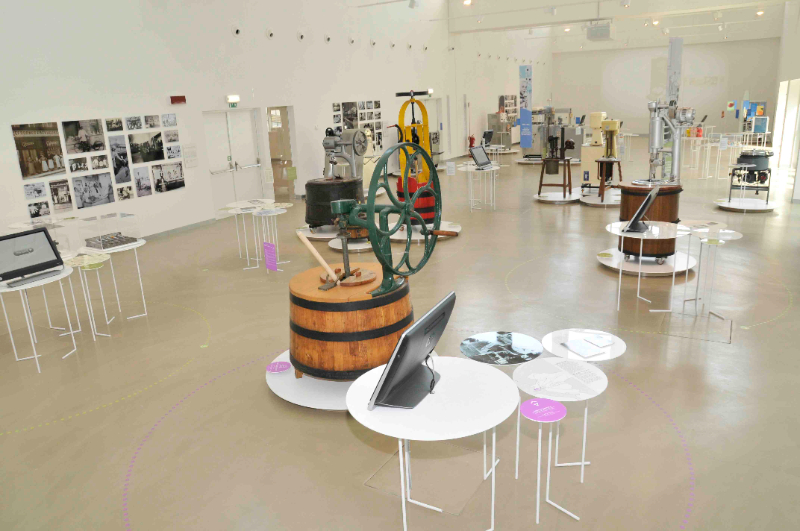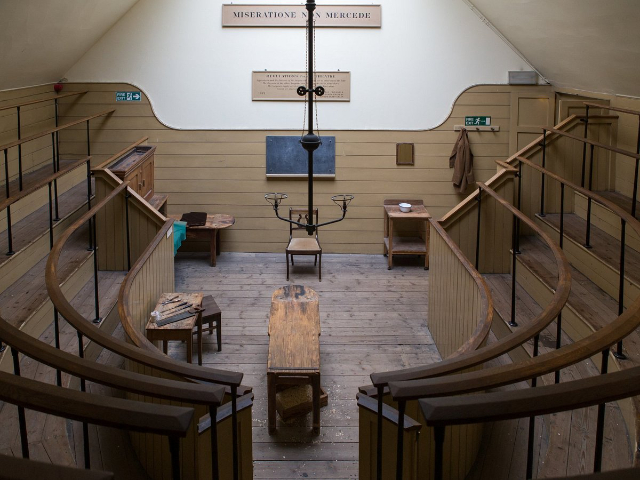Luigi Bernabò Brea" Regional Archaeological Museum of Lipari "Luigi Bernabò Brea" is located on the rocky riolitic "Castle" of Lipari, a sort of natural fortress, used by the people who settled on the island to defend themselves from attacks and invasions. The museum is the testimony of all cultures and traces of the people who occupied the territory, you can admire the huts of the Bronze Age, on overlapping levels, to be exact four; structures of the Greco-Roman period and an urban layout of the second century BC. The museum of Lipari, one of the main historical-cultural attractions of the island, is divided into six large areas that respectively host: the prehistoric section, the epigraphic section, the classical section, the smaller islands section, the volcanological section, the paleontology section. The archaeological museum of Lipari is an eloquent testimony to the intense research work carried out over the last twenty years. Just think of the various sections, mentioned above, and the wealth of materials of inestimable historical and artistic value, living testimony of the cultures that have enriched, each with its own contribution, the history and the Aeolian population.Luigi Bernabò Brea, superintendent of Eastern Sicily, and Madeline Cavalier, founded the Regional Archaeological Museum around the fifties of the twentieth century, when the political border camp, during the years of Fascism, was based on the Castle. The structure is interesting from an architectural point of view because it had to be adapted to existing structures. To date, the "Luigi Bernabò Brea" Museum has undergone several expansion works, following the rapid increase in collections, the result of constant and systematic archaeological research carried out not only in Lipari but also in the smaller islands. The layout of the building highlights, thanks to the reconstruction of large areas of excavations and stratigraphies, the connections of the finds with the historical period of reference, providing a faithful historical continuity in re-proposing the different dominations that followed.
